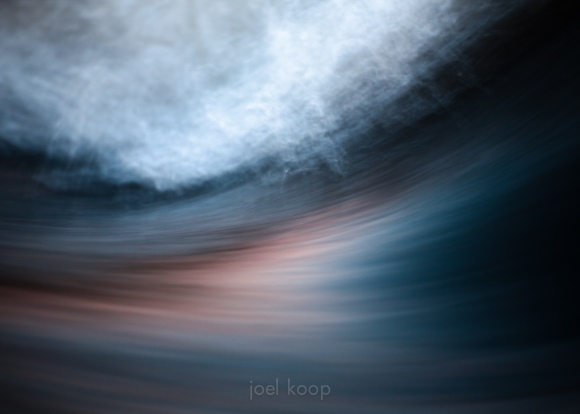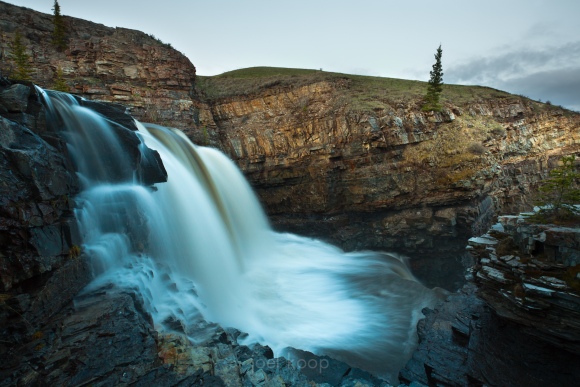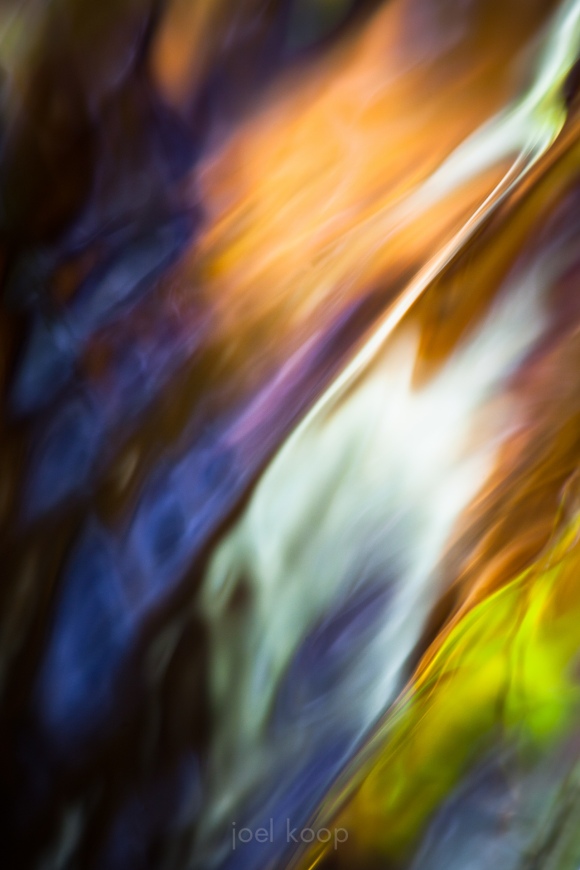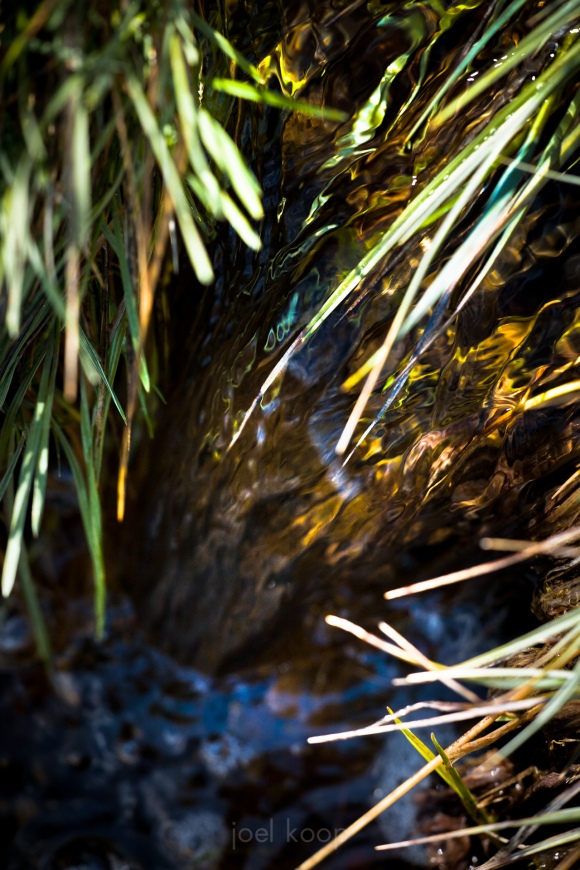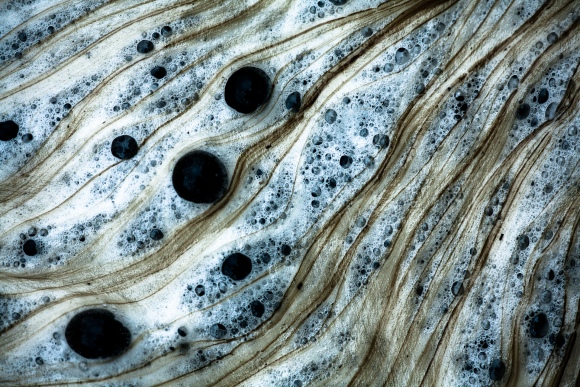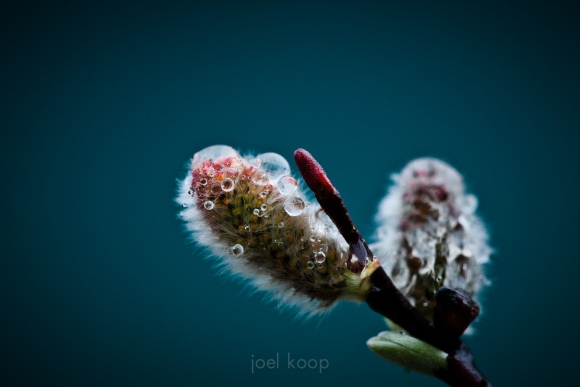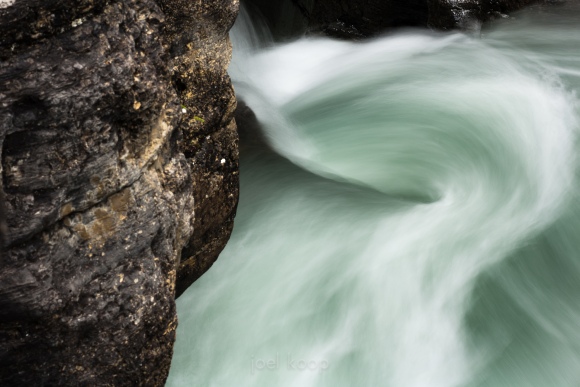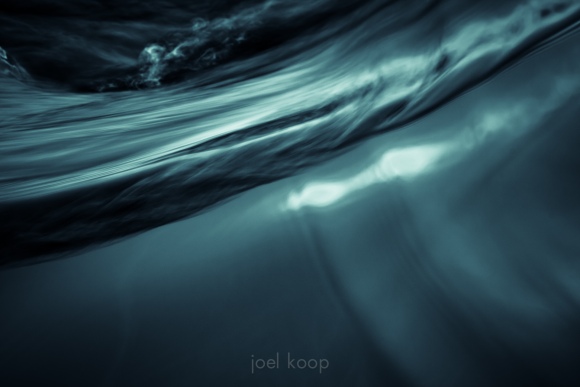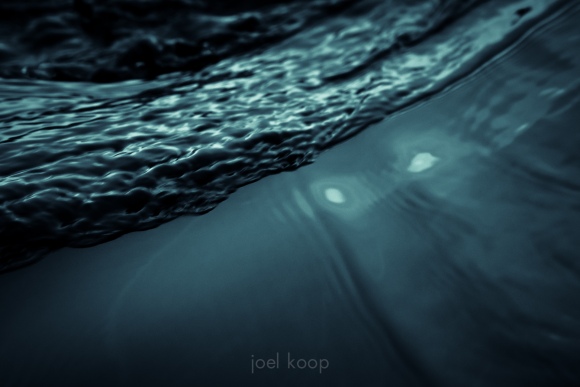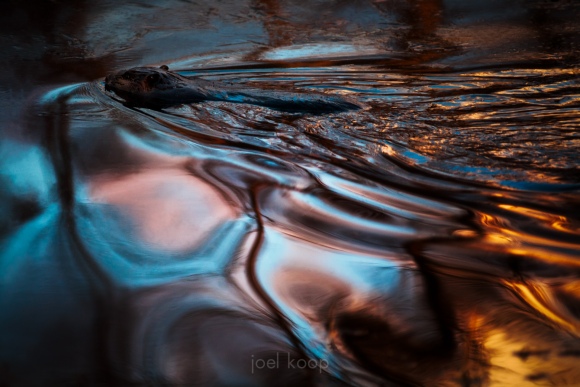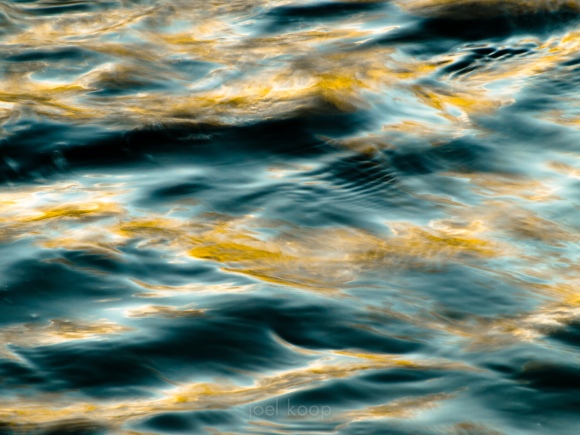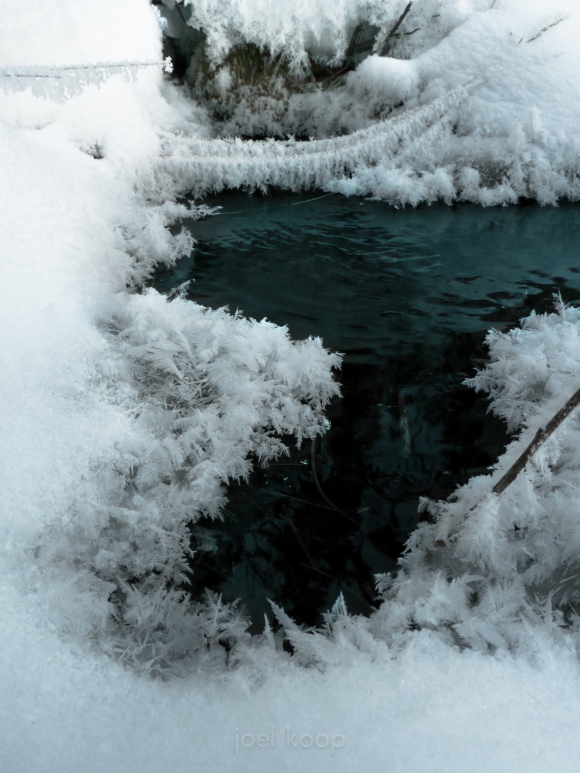I find wildlife photography difficult — not necessarily the photographing of an animal, but the photographing of an animal artistically. I’ve been watching these beavers (Castor canadensis) doing all sorts of interesting things over the last couple of weeks. I’ve watched them chew through trees, drag them down to the water, talk to each other, slap their tails on the water, and all sorts of beaver behaviour. But photos of these fascinating activities often end up as a standard photo of a beaver. Even in beautiful evening light, a lot of shots seem to be average or only mildly interesting shots.
I’ve been trying to challenge myself to take an artistic wildlife photo. To mix my landscape aesthetic with animal subjects. This is what I’ve come up with so far. This beaver created some beautiful sunset reflections in his pond for me.
